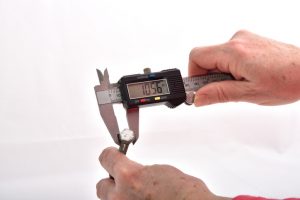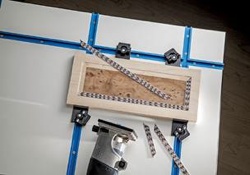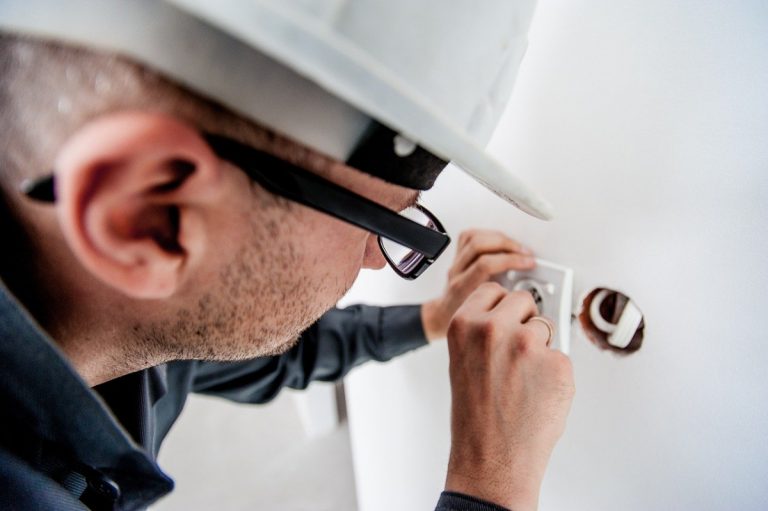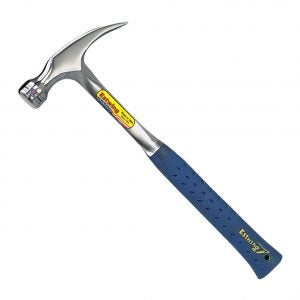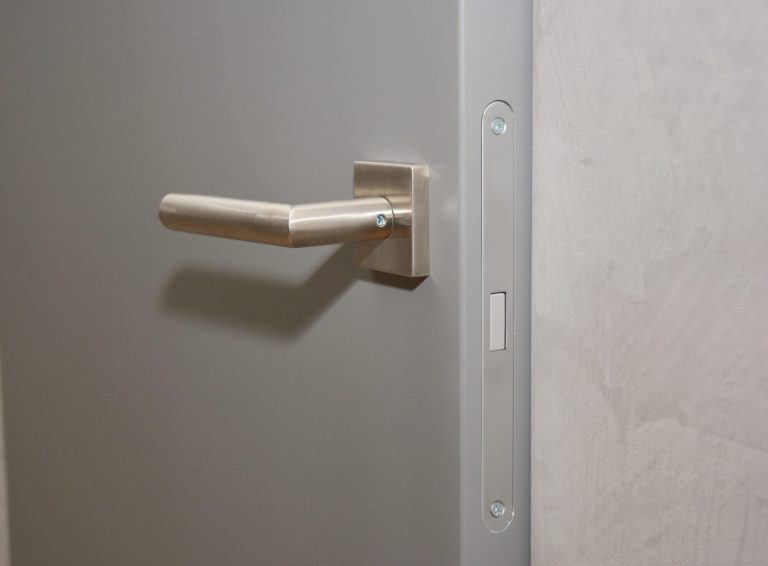How to change the gearbox fluid
To know when and how to change the gearbox oil it is necessary to be aware of car currently performance and make sure that the oil levels within the gearbox remain as expected.
Before you know how to change the gearbox oil and what are the signals of an anomaly, it is important to know what the gearbox is, since it is an essential component for the proper functioning of the vehicle.
What is the gearbox?
The gearbox is a component designed to transmit the engine power to the transmission shafts which, in turn, make the wheels move.
Oil gearbox: What are the signs that indicate you need to change the oil?
You should diagnose the gearbox oil if you detect any of the following signs:
- The color of the oil is darker.
- Existence of foam on the surface.
- Existence of metal, plastic, steel, or sand particles.
- I smell like burning.
In addition to the factors mentioned above, you may want to know how to change the gearbox oil in case you hear noise during transmission, or if it is difficult to switch between speeds. Diagnosis can prevent more serious problems. Avoid ignoring the signals and resolve the problem while it is possible.

Oil gearbox speeds: When to change
The frequency of oil change is not the same for all vehicles. However, its duration depends, for example, on the driving style (if the gearbox is subject to poor operating conditions).
How to change gearbox oil: manual in 9 steps
After indicating the main warning signs it is the indicated time for performing the oil change. We´ll explain the procedures for changing the oil from the manual gearbox. Although this maintenance should be performed by a specialized professional, it is necessary to have basic understandings of the procedure itself. Here are the steps you should follow:
1. Before changing the oil
Turn off the engine.
2. Drain oil
- Remove all necessary covers from the bottom of the bodywork.
- Use the oil plug located at the bottom of the gearbox case sump to drain the oil and collect it in a suitable container.
- If the oil smells of burning, or in the worst-case scenario, contains metal fragments, the gearbox is damaged.
3. Remove the oil sump
When low oil begins to drip, remove the cover. As soon as the unscrew will flow and the filter will be in sight.
4. Install the oil plug and the gear box case
Use new screws to install the oil sump and a new seal for the plug. Respect the sequence and tightening torque specified by the manufacturer.
5. Put transmission oil
- The amount of oil is a very important factor, because if it is above or below the recommended, in case of high temperatures, the gearbox can be damaged.
- The oil should be placed in the plug until it comes out through the filling hole;
- It is important not to use additives that alter the chemical composition of the gearbox oil.
6. Start the engine
The engine must be left running with the car stopped and the clutch pressed. Then you will need to pick up the gears.
7. Check the oil temperature
Check the temperature of the oil. This should be between 30°C and 35°C. The engine should heat or cool to regulate the oil temperature.
8. Check the oil level
After the oil reaches the temperature indicated at the previous point, it is necessary to check the oil level again. If oil is not coming out through the filling hole, the amount of oil is insufficient. In this case, it is necessary to refill.
Leave the engine running until the gearbox reaches a temperature of 40°C and only a few drops of oil come out of the hole. Close the filling plug and tighten it with the specified tightening torque.
9. Turning off the engine
After checking that a few drops of oil come out through the hole, the filling plug can be closed and tightened. Now you can turn off the engine. After all these procedures, the exchange is complete.
As a fundamental element of the vehicle, it is extremely important to perform periodic maintenance on the car to avoid irreversible damage to the gearbox. For this reason, it is important to change the oil, as it helps prevent damage to the gearbox, ensures the proper functioning of the transmission, ensures the longevity of the vehicle and maximum safety on all trips.
To resolve more complex situations, go to a mechanical workshop to replace the oil.
Now that we have indicated the general tips on how to change the oil from the manual gearbox, we remind you that it is essential to consult the manufacturer’s manual.
Looking to learn more about the automotive world? So follow us on Facebook and follow all the content we share daily.

